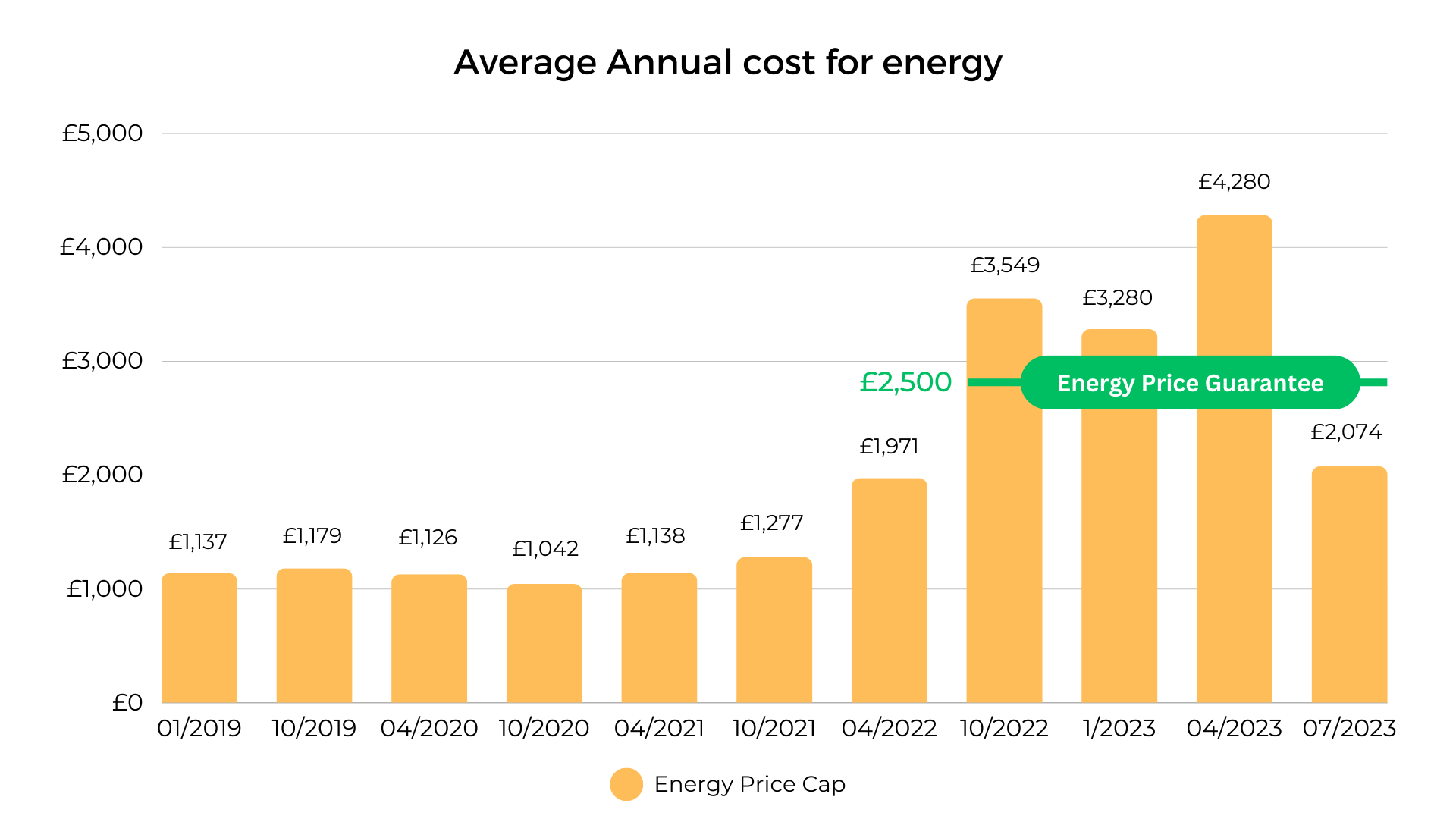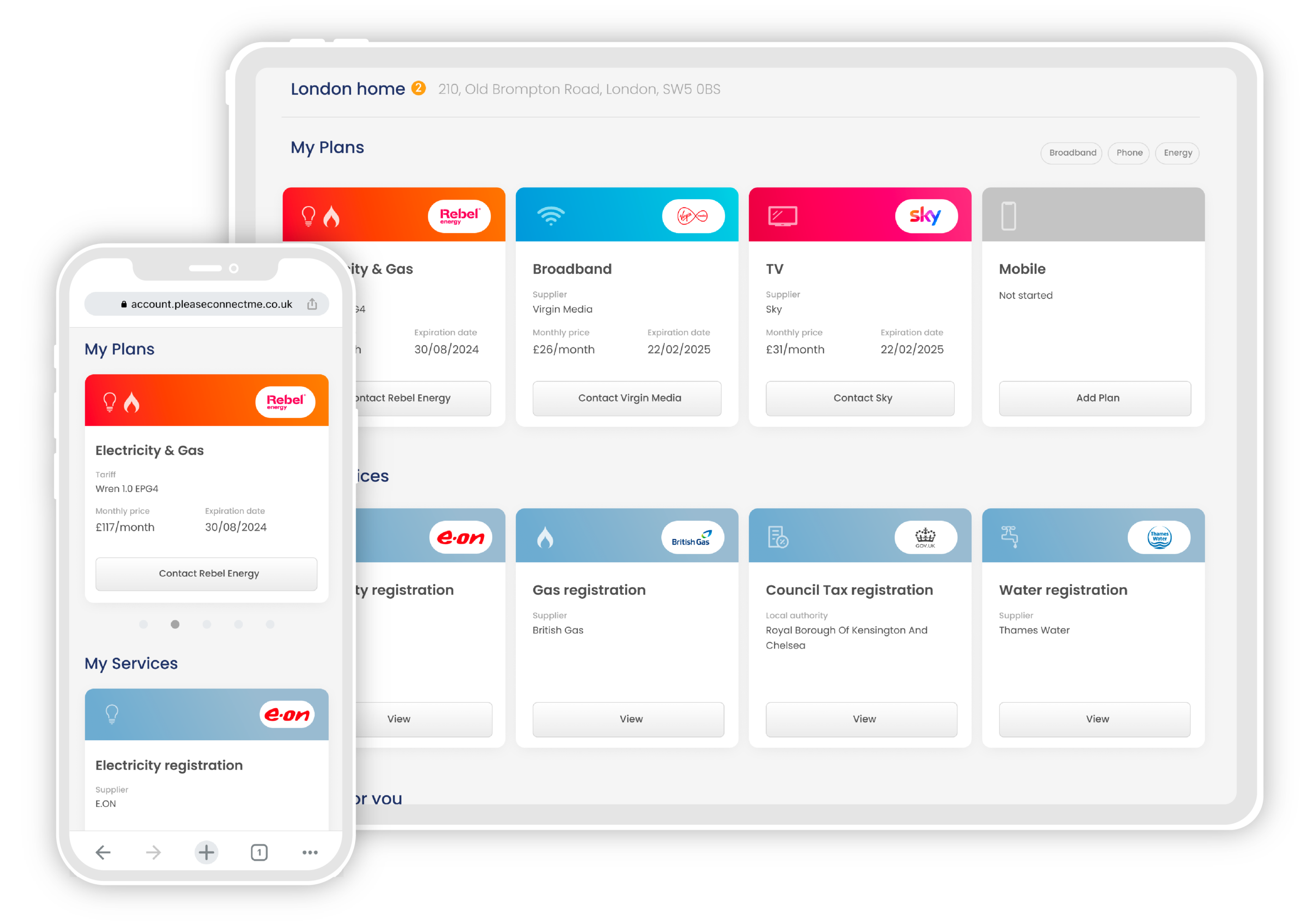Yesterday, May 25th, Ofgem announced that the Energy Price Cap (EPC) will decrease on July 1st, cutting tariffs for more than 29 million households across the UK.
The average annual household energy bill will drop from £2,500 to £2,074 under the new cap. While a reduction in energy tariffs is a positive indicator, it’s hard to argue that this alone marks an end to the UK energy crisis.
Instead, it will be the events of the next few months that determine if the energy market is heading towards stability or further chaos. In particular, the announcement of new fixed-rate energy tariffs would be a welcome sign of recovery.
The UK Energy Crisis
Since 2021, the UK has been experiencing an energy crisis. 29 energy companies ceased operations that year alone. Supply issues, including the fire IFA1 high voltage power cable, sent wholesale and domestic energy prices climbing.
The start of 2022 saw the official beginning of the Russian invasion of Ukraine. Prior to the war, Russia supplied 40% of Europe’s natural gas. In the aftermath of the invasion, the prices of coal, oil and gas skyrocketed, and have remained volatile ever since.
Domestic energy prices have remained at record heights ever since, with attempts at competitive pricing almost entirely absent from the market. The energy price cap (EPC), and later the government-implemented energy price guarantee (EPG), originally intended to cap the most expensive tariffs on the market, became the best value option available to the majority of UK homes.
Read more about the timeline of the UK energy crisis.
The EPC and EPG
While similar, the EPC and EPG are two different restrictions placed on domestic energy prices. The EPC was introduced in 2019 as a maximum limit on standard variable energy tariffs. These tariffs, which customers are placed on by default when their existing tariff expired or when they moved home, were around 40% more expensive than the best value fixed rate tariffs available at the time.
The EPC was established by Ofgem to cap these expensive tariffs, with the intention that it would reflect the wholesale cost of energy as a maximum domestic customers should pay. Instead, at the beginning of the energy crisis, fixed-rate tariffs all but vanished.
Energy companies refused to commit to supplying energy at below the current market rates, which had shot above the energy price cap. As more existing tariffs ended, more customers switched to the variable tariffs that were protected from rising above the EPC.
In the second half of 2022, it became apparent that the next EPC adjustment would set energy prices at unaffordably high levels for the majority of people. The UK government intervened, establishing the EPG. This set domestic energy bills at £2,500 for the average household, with the difference between the EPG and EPC being paid to energy companies by the government.
Now, for the first time since the EPG was introduced, the EPC has dropped below the £2,500 threshold. This renders the EPG essentially obsolete, with the average household’s energy bills falling to £2,074

Price cap on the average UK household cost for energy, 2019-2023
Is this the end of the energy crisis?
While the EPC dropping bodes well for future stability in the energy market, the actual impact on ordinary households will be initially minimal. The average annual reduction to energy bills under this price cut will be £426 – without the £400 winter energy support payment paid out last year overall household bills will be similar this winter to last.
Read more about what the new EPC means for energy bills
A better indicator of recovery from the energy market is the re-emergence of fixed-rate energy tariffs. While we don’t currently recommend switching to these, better value fixed rate tariffs are expected soon.
Hopefully, energy companies will draw enough confidence from the fall in the price cap to begin offering longer-term fixed rates and – crucially – competing amongst themselves once again to offer better value. Natalie Mathie, energy expert at Uswitch believes the drop in the EPC will be “a watershed moment” for suppliers, “who can now look to start offering fixed deals again given the market conditions”.
As soon as better value tariffs do arrive, we’ll be updating our affiliate partners and customers. Both our team of Connections Experts and our client dashboard are ready to help customers save on their energy bills.
Read more about energy in the UK:













